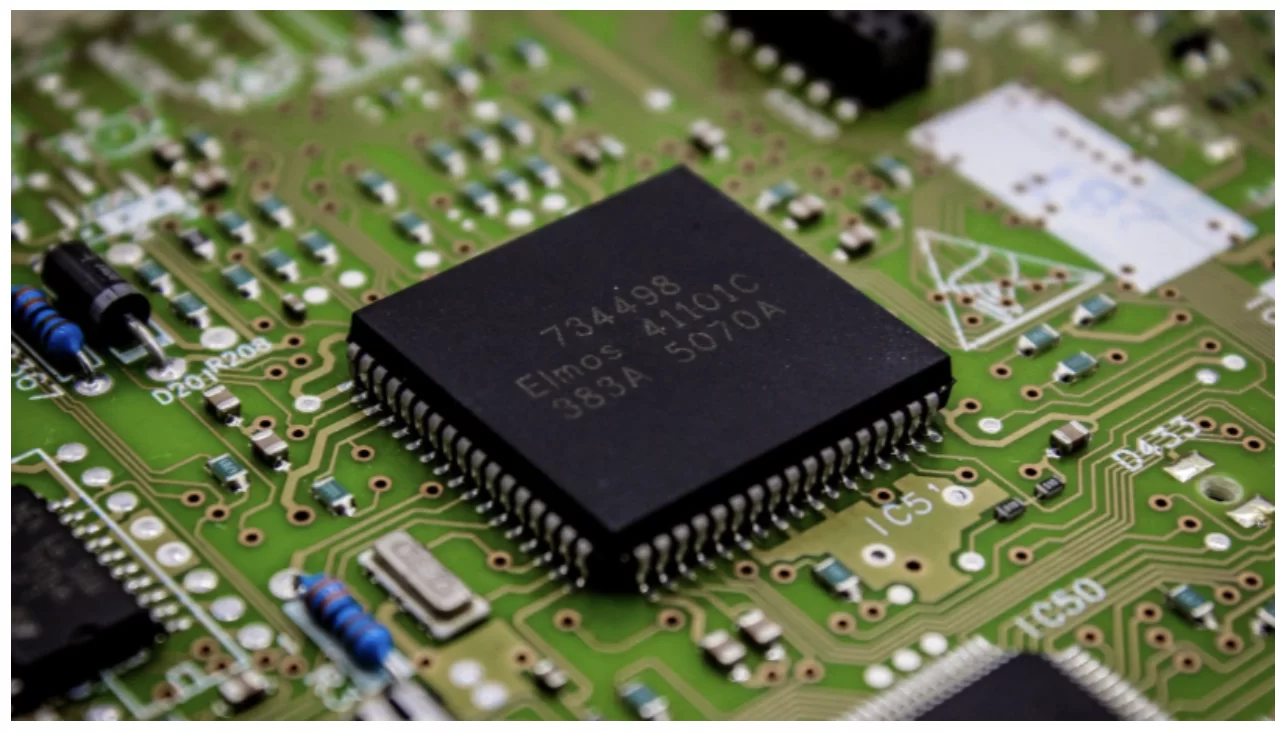In the world of hardware design, you’ve probably heard the terms System-on-Chip (SoC) and chiplets. Both are critical to how modern devices are built, but they take very different approaches to solving design challenges.
So, what’s the difference? And why are chiplets becoming such a hot topic?
These terms and technologies behind them may be confusing, especially to more junior engineers, and in this article, I will attempt to simply explain the differences and explain when each is used.
1. What is an SoC?
A System-on-Chip (SoC) is like putting an entire system into one chip. It combines everything you need—CPU, GPU, memory controllers, and I/O interfaces—on the same piece of silicon.

What does “same silicon” mean?
- Every component in the SoC is fabricated using the same manufacturing process, often at cutting-edge nodes (e.g., 5nm or 3nm). This is a separate topic, but shortly put, manufactoring process refers to the specific technology and methods used to create semiconductor chips.
- This integration creates a highly efficient and compact design, perfect for space-constrained devices like smartphones and smartwatches.
- By integrating all components onto a single substrate, SoCs consume less power and occupy less space compared to multi-chip designs.
Why is this a challenge?
- Designing everything on the same silicon means you need advanced manufacturing capabilities.
- It’s expensive, especially for smaller companies, because everything—no matter its function—has to use the same process. For instance: a high-performance CPU might need a cutting-edge process (e.g., 3nm). At the same time, analog components or memory controllers might work just fine on older, cheaper nodes. However, you are forced to use the same cutting edge process and pay hefty sums of money.
For large companies with deep pockets, SoCs are an excellent choice. But for smaller players, it’s a tough sell.
2. What Are Chiplets?
Chiplets take a different approach. Instead of squeezing everything onto one chip, the system is split into smaller, specialized chips (chiplets). These chiplets are connected through high-speed interfaces, like UCIe (Universal Chiplet Interconnect Express).
Why is this beneficial?
- You can mix and match chiplets designed on different manufacturing processes: CPUs on a cutting-edge 5nm node, and for example analog circuits on a cheaper 28nm node.
- Smaller companies can design just one chiplet that meets their needs and outsource the rest to other vendors.

Challenges with chiplets:
- Standardized connections: For chiplets from different vendors to work together, the interconnects must follow strict standards like UCIe. Achieving seamless communication between chiplets is technically complex, and this is the main challenge in using chiplet at the moment.
- Performance overhead: These connections between chiplets introduce latency and may consume more power than an integrated SoC.
- Debugging: Debugging a chiplet-based system is harder because the components are physically separate.
3. Key Differences
Here’s a quick table that highlights the main differences:

Here is high-level representation of SoC vs chiplets architecture:

4. Why Are Chiplets So Popular?
Chiplets are gaining traction because they solve some of the biggest challenges in modern hardware design:
- Cost Savings: Instead of designing a massive SoC, smaller companies can focus on building just one chiplet and buy the rest from larger vendors.
- Flexibility: Designers can use the best manufacturing process for each part of the system.
- Scalability: Chiplets make it easier to add functionality without starting from scratch.
For example:
- A small company could design a specialized AI accelerator chiplet, then combine it with off-the-shelf CPU and memory chiplets from other vendors. This approach avoids the massive investment required to design an entire SoC.
5. Challenges with Chiplets
While chiplets offer clear advantages, they’re not without drawbacks:
- Interconnect Complexity: Standards like UCIe are still evolving, and ensuring smooth communication between chiplets from different vendors is challenging. Not many engineers have knowledge about protocols like this, which slows down the development cycle.
- Performance Penalty: The connections between chiplets add overhead, which can impact latency and power efficiency.
- Debugging: It’s harder to trace issues in a modular system compared to a tightly integrated SoC.
6. Summary
- SoCs are compact, efficient, and optimized for specific applications, but they’re expensive and require everything to use the same manufacturing process.
- Chiplets break the system into smaller pieces, allowing flexibility, cost savings, and scalability, but they come with challenges like interconnect complexity and performance overhead.
Chiplets are revolutionizing the industry by making hardware design more accessible, especially for smaller players. As standards like UCIe mature, we’ll likely see chiplets powering everything from high-performance servers to consumer devices.





